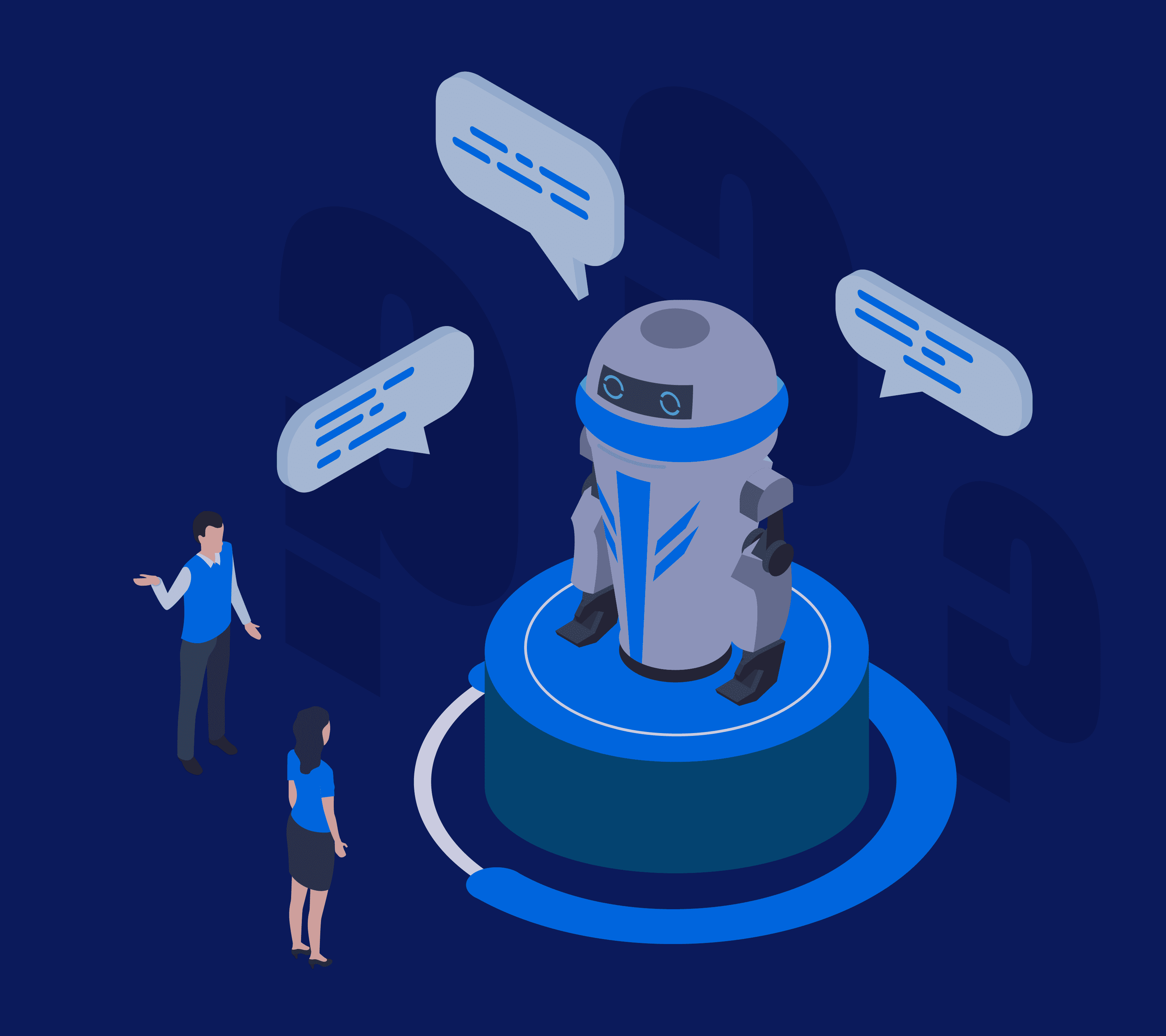Importance of Event Streaming to Real-Time AI & ML Models
The most important outcomes today in the evolution of artificial intelligence and machine learning arise not from a single technological breakthrough, but instead from an ingenious synthesis of technologies and methodologies. Specifically, real-time data streamed from IoT devices to ML algorithms which continually update live AI models now yield spectacular advances in healthcare, finance, transportation, and inevitably all human endeavors. As we will see in particular, event streaming of live data via Apache Pulsar to Apache Spark’s MLlib is a dynamic and powerful AI model-building combination which can handle the most formidable tasks involving complex and voluminous datasets.
Event Streaming AI Advances in Medical Technology
While event streaming based AI apps now evolve in investment and banking research, transportation and shipping, as well as agricultural bio-engineering, we will focus here on its exciting benefits in healthcare. Medical technology advances dramatically today in use cases which include prediction and diagnosis of breast cancer, the most frequent and deadly form of cancer. Computer vision diagnosis algorithms now surpass human radiologists in early detection of tumors in x-ray images. This is literally a life-saving use case for event streaming AI applications. Breast cancer prediction and diagnosis are specific events in a broader application of streaming AI and ML apps for health status prediction. How does it work? A delta of data streams from sources including:
- IoT equipped medical monitoring devices
- Glucose and insulin sensors
- Inhalers for asthmatics
- Coagulation monitors
- Ingestible sensors
- Blood pressure
- Patient records updated live from lab results
- Cell, tablet, mobile application data sensors
- Hospital and clinic IoT socket streams of IoT sensor data
…converge in an event streaming data pipeline of parameters feeding a variety of prediction and diagnosis AI algorithms. For example, Apache Pulsar feeds datasets for medical AI & ML apps including:
- Mammogram classification algorithm
- Fuzzy artificial immune system
- K-nearest neighbor classifier
- Computer vision to classify breast cell nuclei (Trained on breast cell histopathology images for breast cancer prediction)
- Gauss-Newton representation algorithm for breast cancer classification
While we are focused here on the application of live event streaming AI apps in medicine, equally beneficial applications are now evolving in banking and finance. Credit risk assessment and bankruptcy prediction – equally life-and-death matters in business – are now evolving at a previously unimaginable pace as IoT devices feed live transaction data to fraud detection algorithms and bring actionable insights to bear on key performance indicators.
Challenges to Event Streaming AI Apps
While it may appear that the only limiting factors to our progress are funding and human capital, there are challenges concealed within each unique AI pursuit. What are the limiting factors today? Continuing with our health status predictor system example, dataset size and parameter selection require significant attention.
When a set of IoT sensors can generate a sample batch of data every second, the datasets grow rapidly and change outcome benchmarks from minutes to hours. Here, Apache Pulsar and Spark demonstrate their talent for handling Big Data. Pipelines from socket streams must be validated and conform to the model input specs. Furthermore, it is now common to evaluate several model types in parallel to optimize accuracy of predictions. Data engineers and knowledge domain experts must forever tweak parameters and batch sampling rates to improve forecasting reliability.
In the fields of medicine and banking, the challenges imposed by regulatory agencies are a shock to the mathematical ideals of AI model engineering. Compliance and privacy concerns will occasionally deliver a deathblow to the brilliant hypothetical golden use case. However, privacy concerns may be mitigated by encryption and guaranteed limited use of records. In other words, if patient medical records can be encrypted and strictly guaranteed for use only in forecasting the benefits may one day outweigh the compliance issues. In any case, these and other challenges ultimately mean that every enterprise engaged with AI needs a dedicated data scientist on staff – or – a partner company of data engineers like Pandio.
Hosted Apache Pulsar with Pandio AI Capability
The benefits of living AI models make the decision to invest in real-time event streaming for AI and ML a compelling one. Use cases in healthcare and finance prove that AI models with a live feel are essential to accurate prediction. Yet, many enterprises are not yet prepared to commit funding and human capital to a potentially risky venture. Fortunately, Pandio is an alternative which can shield you from the risk. Considering the complexity of the engagement, there are indisputable advantages in using a third party expert like Pandio to shoulder much of the cost and technical burden.
Pandio hosts Apache Pulsar as a service and embodies a team of data scientists and engineers who have already surmounted the challenges of live data event streaming for AI and ML applications. Massive real-time data feeds from IoT devices and other socket streams as well as the random forest of ML methods are all very familiar territory for the veterans of Big Data at Pandio. Leveraging all the advantages of white labeling beneath the surface of your distinctive UI, including built-in tech support which Pandio provides for your own developers, Pandio Hosted Pulsar absorbs the technical cost and liberates your developers to focus on creating your best-in-class application.


